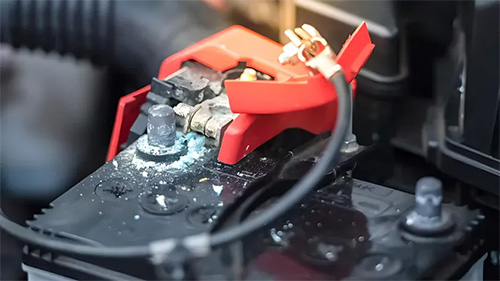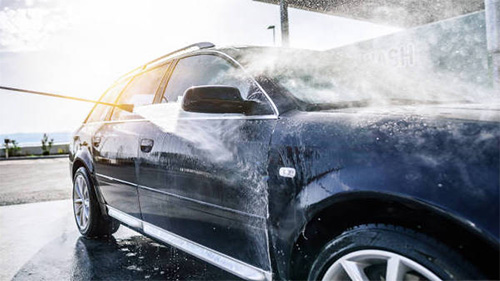Cleaning Corrosion from Battery Terminals can Prevent Poor Electrical Connections

Maintaining a car isn’t just about oil changes and tire rotations; it’s about understanding the vital role each component plays in keeping your vehicle running smoothly. Among these, the battery—often taken for granted—serves as the heart of your car’s electrical system. Over time, battery terminals accumulate corrosion, a flaky buildup of white, blue, or green deposits that hinders the flow of electricity. Left unchecked, this corrosion can lead to sluggish starts, dim headlights, and even complete electrical failure. By learning to clean your battery terminals properly, you not only safeguard your car’s reliability but also extend the battery’s lifespan and avoid costly roadside emergencies.
From the moment you turn your key, electricity courses through your car. It powers the starter motor, ignites the fuel, and illuminates your dash. But if the connection at the battery’s terminals is compromised by corrosion, that vital current encounters resistance. Think of it as a kinked garden hose: no matter how hard you turn on the tap, the flow is restricted. Cleaning away corrosion restores that unobstructed path and ensures your car springs to life with the first turn of the key.
Why Corrosion Happens?
Battery corrosion is caused by the interaction of the battery's sulfuric acid with the terminals' metal, which results in the migration of sulfate compounds outward. Vibrations from driving can also loosen the terminal clamps just enough to allow tiny sparks, which accelerate oxidation. Environmental factors—heat, moisture, and road salt—further contribute to that telltale crust. Regularly inspecting your battery terminals every few months, or at least before the onset of extreme weather, can catch corrosion early, before it undermines your car’s performance.
A Step-by-Step Approach That Revitalizes Your Ride
Safety First: Always turn off the engine and take out the keys when working in a well-ventilated location. Because battery acid is corrosive and can burn skin or harm clothes, use gloves and protective eyewear.
Disconnect with Care: Using a wrench, first loosen and remove the negative (–) cable, then the positive (+) cable. This order minimizes the risk of short-circuiting.
Inspect and Prep: Check both cables and terminals for frayed wires or excessive wear. Lay out tools and a small brush or old toothbrush near a baking soda solution (a tablespoon dissolved in a cup of water).
Neutralize and Scrub: Gently clean the inside of the clamps and terminals with the brush dipped in the baking soda mixture. The fizzing process removes corrosion and neutralizes acid.
Rinse and Dry: Once clean, rinse parts with plain water, dry thoroughly, and apply a thin coat of petroleum jelly or a commercial terminal protector to inhibit future buildup.
Reattach and Test: Prior to reconnecting the negative cable, reconnect the positive one first. Avoid overtightening; only tighten until snug. Turn on the engine and observe the brighter electronics and sharper ignition.
By investing just a few minutes every season to clean your battery terminals, you empower your car to deliver reliable starts, consistent performance, and an extended battery life. This simple ritual can save you from the frustration of a no-start situation and spare you unexpected towing fees.







